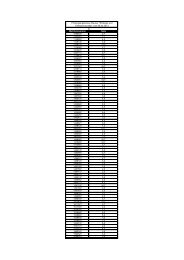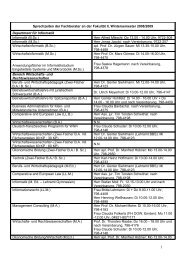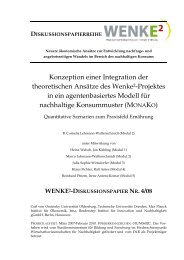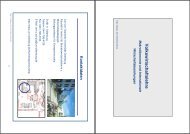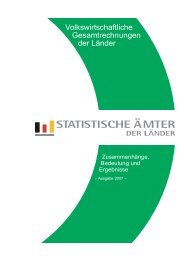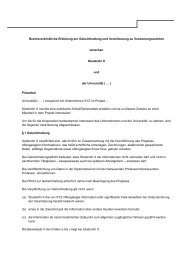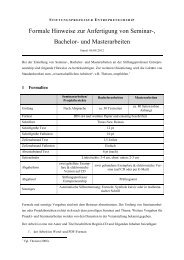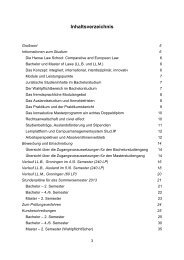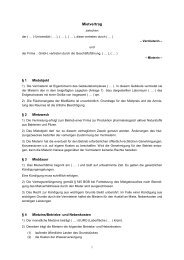Pro-Environmental Behavior and Rational Consumer Choice
Pro-Environmental Behavior and Rational Consumer Choice
Pro-Environmental Behavior and Rational Consumer Choice
Create successful ePaper yourself
Turn your PDF publications into a flip-book with our unique Google optimized e-Paper software.
<strong>Pro</strong>-<strong>Environmental</strong> <strong>Behavior</strong> <strong>and</strong> <strong>Rational</strong> <strong>Consumer</strong> <strong>Choice</strong> 24<br />
conservation is an activity which is less visible than consumption of green products or<br />
recycling.<br />
Table 5: Estimated Life Satisfaction Equations with <strong>Behavior</strong>-Familiarity Interactions<br />
<strong>Behavior</strong>:<br />
<strong>Behavior</strong>:<br />
<strong>Behavior</strong>:<br />
Green<strong>Pro</strong>ducts Recycling WaterConservation<br />
Household income 0.062<br />
0.062<br />
0.063<br />
(19.64)<br />
(19.57)<br />
(20.13)<br />
<strong>Behavior</strong><br />
0.297<br />
0.258<br />
0.138<br />
(6.09)<br />
(5.03)<br />
(3.13)<br />
<strong>Behavior</strong>*<br />
-0.004<br />
-0.004<br />
-0.001<br />
QSoc<br />
(4.55)<br />
(3.53)<br />
(1.65)<br />
QSoc<br />
0.018<br />
0.018<br />
0.016<br />
(8.19)<br />
(7.92)<br />
(7.21)<br />
EnvPriority<br />
0.090<br />
0.087<br />
0.088<br />
(6.36)<br />
(6.22)<br />
(6.37)<br />
WTP20<br />
0.134<br />
0.130<br />
0.134<br />
(9.60)<br />
(9.43)<br />
(9.77)<br />
Country Dummies Yes Yes Yes<br />
Year dummies Yes Yes Yes<br />
Demographics Yes Yes Yes<br />
Pseudo R 2 0.260 0.262 0.261<br />
Observations 24069 24593 24944<br />
Dependent variable: life satisfaction, Method: ordered probit. Cluster-robust z-statistics in<br />
parentheses.<br />
5 Conclusions<br />
Previous literature in behavioral economics has shown that people systematically<br />
mispredict the utility consequences of their choices. This implies that people make<br />
distorted choices which fail to be utility-maximizing even by their own st<strong>and</strong>ards.<br />
Specifically, choices are distorted towards goals that are predominantly extrinsically<br />
motivated (acquisition <strong>and</strong> possession) <strong>and</strong> away from more intrinsically motivated goals.<br />
In addition, people are more inclined towards such distortions the more materialistic their<br />
general value orientation is.<br />
From a methodological point of view, discrimination between the distorted choice<br />
hypothesis <strong>and</strong> the familiar rational choice model requires that choices <strong>and</strong> their utility<br />
consequences can be measured independently. Revealed-preference methods fail to allow<br />
for such a discrimination since they are based on the rationality assumption <strong>and</strong>, hence, do<br />
not permit to test that assumption. By contrast, using data on life satisfaction as an<br />
empirical approximation to experienced utility allows for such a test.<br />
This paper has used life satisfaction data to explore the hypothesis that consumer<br />
behavior may be distorted towards the quantity consumed <strong>and</strong> away from the pro-





